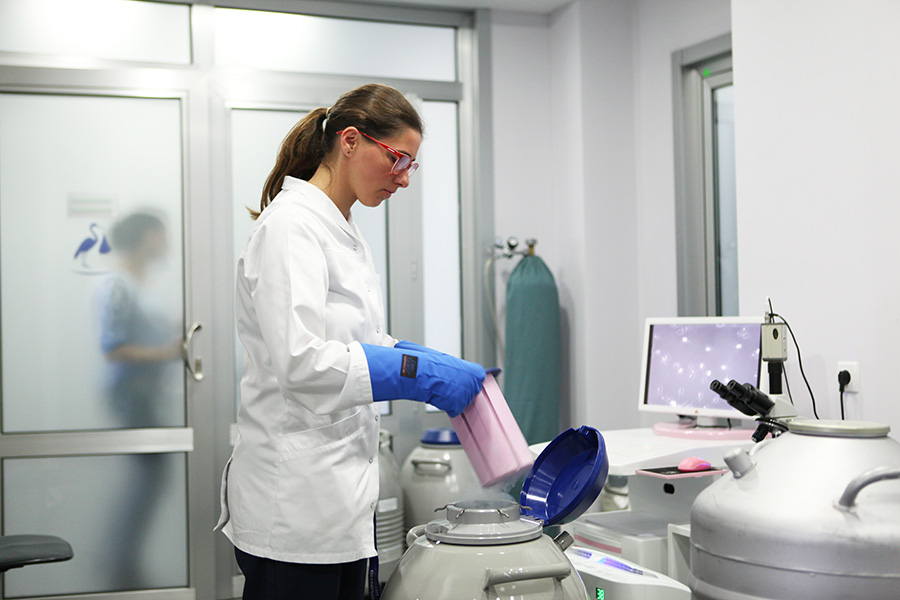For most people who meet and fall in love, deciding to spend their lives together is a natural, joyous journey that may eventually move onto the desire to start a family. Many couples taking that next step find it easy and natural to transition into that stage; it’s just a matter of allowing the woman in the partnership to become pregnant. But for some couples, this next stage in the journey is one fraught with challenges; sometimes insurmountable. There may be medical reasons, such as a woman having a heart condition, that create severe health risks. In other cases, such as in same-sex male couple, there is no uterus among either partner for a baby to grow.
While adoption is one solution to starting a family, some still prefer having a newborn child, preferably with some of the family traits of the hopeful family. For people with these hopes and dreams, surrogate motherhood is the way to still bring that child into the world. But there are different types of surrogacy, and the one that is right for a hopeful family varies with the need and situation. There are essentially four types of surrogacy, broken down into method and finances.
Compassionate/Altruistic Surrogacy
The first type of surrogacy we look at is categorized by its financial status. It is called compassionate, or altruistic surrogacy, and that is because of the incredible generosity involved in this type of surrogacy. It is, for all intents and purposes, a woman willing to provide her uterus as a haven for a child to grow, on a strictly volunteer basis; she gets nothing for her effort, except the satisfaction of knowing she helped someone in need.
It’s not unusual for compassionate surrogacy to occur between close friends of a hopeful family or even other family members. Sometimes agencies will form that manage and look after the welfare of women that are willing to volunteer as compassionate/altruistic surrogate mothers. Of course, while these women are volunteering, they are not necessarily paying for their own food as they are unable to work once the pregnancy advances, nor are they paying for their own medical care, or the hospital supervised the birth of the baby. It’s normal practice for the hopeful family to cover these expenses, since if the surrogate mother is unable to pay for these expenses herself, her health—and that of the baby—will suffer.
Compensated Surrogacy
Where a compassionate surrogacy is all about a woman taking a very big leap of faith in allowing her uterus to be used, a compensated surrogacy is about recognition of effort. Both types of surrogacy have in common that the surrogate mother’s living and medical expenses are usually taken care of by the hopeful family. However, on top of that effort, time, and endurance, the surrogate mother has contributed get financial recognition as well.
So the biggest difference is that a compensated surrogacy is like a business transaction, and, as part of the arrangement, the surrogate mother will get paid for what she does. One of the most noticeable this has on surrogacies is that the financial incentive often means more candidates are willing to take up the role, making for a greater selection.
Traditional Surrogacy
Beyond the type of financing involved in surrogacy, there is also a specific method to consider. The oldest form of surrogacy is referred to as “traditional surrogacy” although the methods have changed a lot. In the past, traditional surrogacy meant that the surrogate mother’s egg was used for fertilization, and the only way to accomplish this was to have the hopeful father have sexual intercourse with the surrogate mother.
Today, artificial insemination has eliminated the need for sexual intercourse, but the surrogate mother’s egg is used, and donor sperm is still required. With this method, the hopeful father has a genetic connection to the child, but the surrogate mother is also the genetic/biological mother of the child.
Gestational Surrogacy
This is the latest form of surrogacy, and it took a lot of research and advances in medical technology to develop. Gestational surrogacy uses a medical technique known as In Vitro Fertilization, or IVF, to allow a hopeful family to have a “traditional baby.”
With the IVF procedure, the sperm and egg of the hopeful family are fertilized in a lab. Once the fertilization is confirmed, that egg is then implanted in the surrogate mother, where the normal nine-month pregnancy process continues as per normal. Of course, the big difference here is that once the baby is born, genetically speaking, it may as well have been born from the hopeful mother, because, as with traditional childbirth, the baby’s genetics will be an even 50/50 split with the hopeful family, and have no connection to the surrogate mother.
When a hopeful family is looking at surrogate motherhood, there are many choices to make. It’s best to take advantage of the full suite of services an experienced surrogacy clinic can offer to get the best results.


